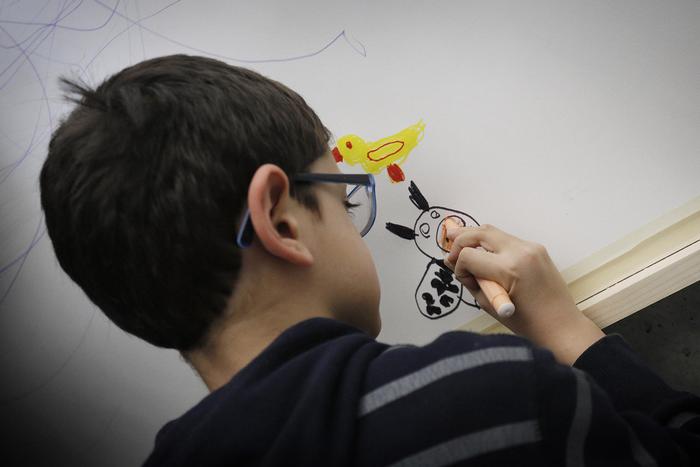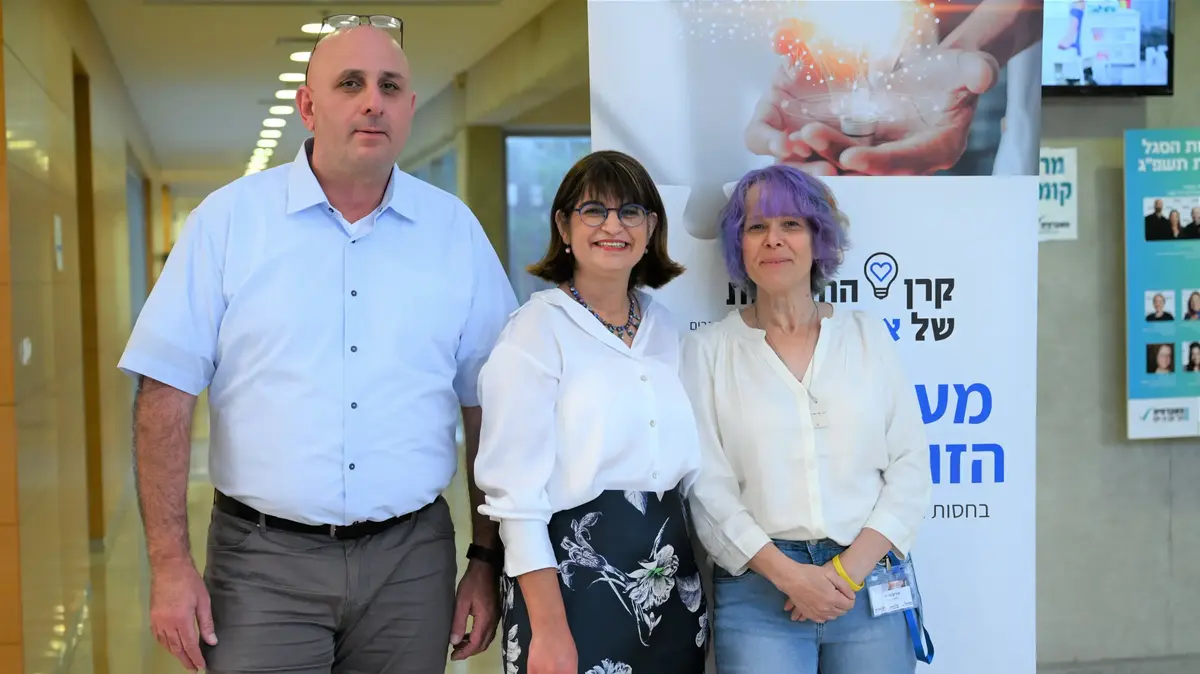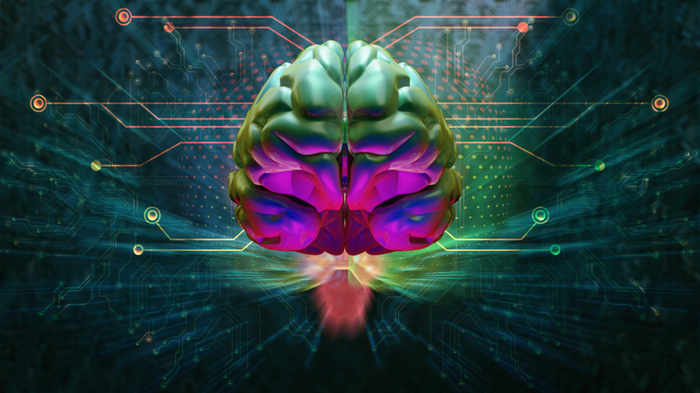- From the role of mutations in the synapse genes to the identification of drug targets, the Telethon Foundation has so far launched 17 research projects and invested over € 4 million to study the mechanisms underlying autism and to suggest possible therapies.
To remind him, on the occasion of the World Day for Autism Awareness, is Enrico Cherubini, scientific director of the European Institute for Brain Research (Ebri), founded by Nobel Prize winner Rita Levi Montalcini. Deficits of social interaction, repetitive behaviors and intellectual disability are among the manifestations of autism, one of the most frequent neurodevelopmental diseases that is estimated to affect 1-2% of the population and in which the genetic component weighs about 20%.
"This disease - explains Cherubini - occurs already in the first months of life, even if the clearest signs appear around the age of 2-3. Today we know that the genetic component is very important, but also the environment, both external and internal to the organism, it plays a fundamental role ". About a hundred genes are associated with autism spectrum disorders, as confirmed by an international study that has analyzed the DNA of over 35,000 people and which has also been joined by some Italian groups financed by Telethon. "With the support of Telethon we are studying in particular a protein, neuroligina 3 (NLG3), encoded by a gene whose mutations are responsible for some forms of autism. NLG3 belongs to a family of proteins that have the task of ensuring it. development and stability of synapses ".
Next step will be to understand if this protein can be a useful pharmacological target to reactivate the lost synaptic plasticity. To date, there is no specific therapy for autism spectrum disorders, as Cherubini points out, but "interesting prospects are offered by bumetanide, a diuretic capable of improving symptoms, thanks to its ability to lower intracellular chlorine levels and rebalance one of the main messengers of the nerve cells involved ". However, research efforts must also go into improving the diagnosis to anticipate the start of treatments. "The ideal - he concludes - would be to be able to intervene within two years, when our brain is at its maximum in terms of plasticity".
Autism: 4 million invested in 17 research projects from Telethon
2020-04-03T09:06:28.355Z

- From the role of mutations in the synapse genes to the identification of drug targets, the Telethon Foundation has so far launched 17 research projects and invested over € 4 million to study the mechanisms underlying autism and to suggest possible therapies. (HANDLE)








